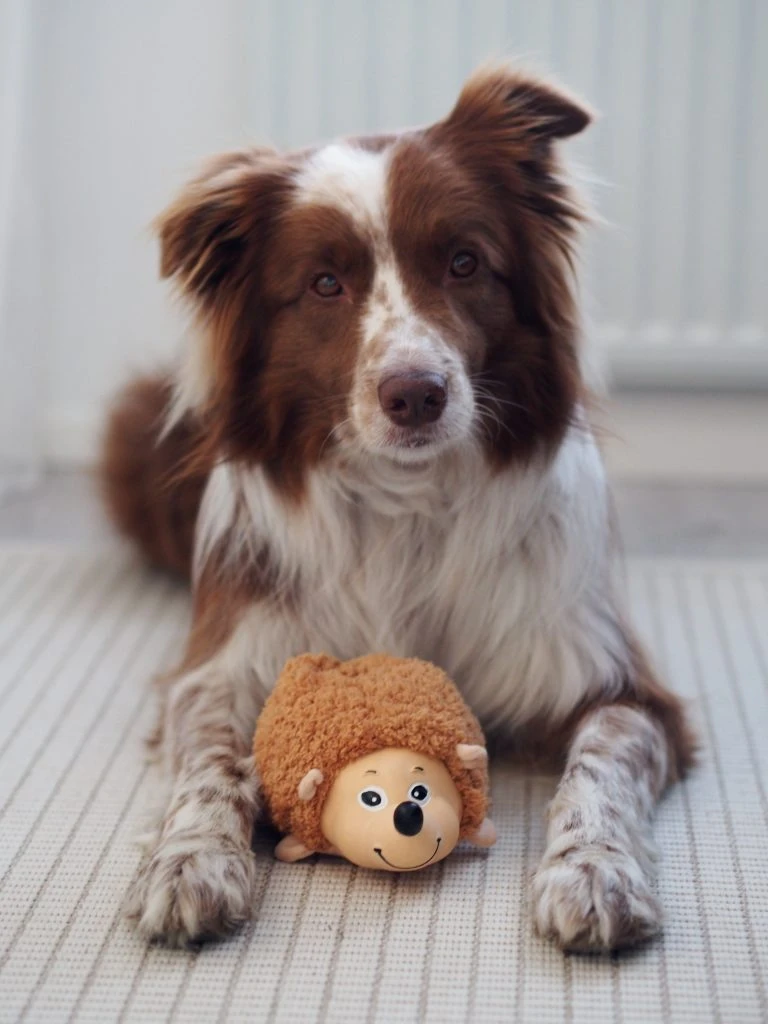What to do if my dog is anxious home alone?
Separation anxiety can cause a lot of issues
Dogs are highly social pack animals. I’ve met many dogs that become anxious when separated from their owner. Separation anxiety is characterised by signs of distress when a dog is separated from an owner or family group to which they are attached. These signs can include toileting in the house, destructiveness, excessive barking, whining, crying, digging or pacing and attempting to escape etc.
Separation anxiety can be a severe problem. Not only for the dog but also for their owners that might even get evicted because of the barking. The goal of training is to teach the dog how to stay calm and relaxed when the owner is absent.
Separation anxiety training involves a lot of changes in your daily interactions with your dog. You need to change your leaving and returning routines. decrease the anxiety associated with your departure through desensitisation, teach your dog how to be left alone and learn to manage other environmental changes. It is a lot of work, I’m not going to lie to you. I’ve done it myself with my first dog. But training your dog really pays off and decreasing your dog’s anxiety improves their quality of life as well.
Here are some management tips
– Changes in your daily interactions
The training goal here is to encourage the dog becoming more independent and less anxious. This involves ignoring attention-seeking behaviour, like whining and jumping up, and rewarding the dog for being calm and relaxed.
– Changes in leaving and return routines
If you wish for your dog to stay in a calm mental state when alone it’s good to avoid exciting them before leaving home. Separation anxiety is over-attachment to the owner and very often it includes getting very excited about attention from the owner. You should try to ignore the dog 15-30 minutes prior to leaving. Upon return, you should ignore any excitement and greet the dog in calm manner when the dog is calm and quiet.
– Decreasing the anxiety associated with departure
This involves desensitising the dog to your pre-departure cues and teaching the dog that these cues no longer predicts departure. This prevents anxiety escalation and is trained through counter-conditioning and desensitisation.
Environmental changes
Providing enough physical and mental stimulation is a vital part of managing anxiety. Exercising your dog’s mind and body doesn’t only enrich their life but also decrease anxiety. A physically and mentally tired dog doesn’t have much excess energy to expend when they are left alone.
Walking your dog before leaving them alone is recommended. You could even organise a dog walker to come and walk your dog during the day. But be careful with this one, some dogs tend to get anxious again when faced with a “second abandonment”. You can also leave your dog with toys, puzzles, food filled kong toys, bones and hide treats for them to find during the day.
In some cases, separation anxiety can be so severe that veterinarians may suggest a combination of pharmaceutical medication and behavioural modification to help the dog. You should always discuss this directly with your vet. And remember, medication alone is never the answer. If you don’t put in the effort of training you’re simply hiding the symptoms.
My online training course for separation anxiety is an easy step by step guide for treating anxiety. It includes all the steps I had to take with my first dog that had a bad separation anxiety.
If you feel that you need a little extra help with your dog’s anxiety, my online course is ideal for you!




Hi Aniina, we have a nine month golden retriever cross who want to bring to your Obedience training. We also…
Good afternoon, How old does your dog have to be to commence at the beginners agility dog class. 12month?? Thank…
Hi, I have a 3 year old cocker spaniel who is quite reactive. She reacts to bikes, bicycles, children, and…
Hi Can I bring my Daughter along to the Puppy class? thanks
Hi Anniina. What if one of the Saturdays is raining? Is the class pushed out to the next week or…